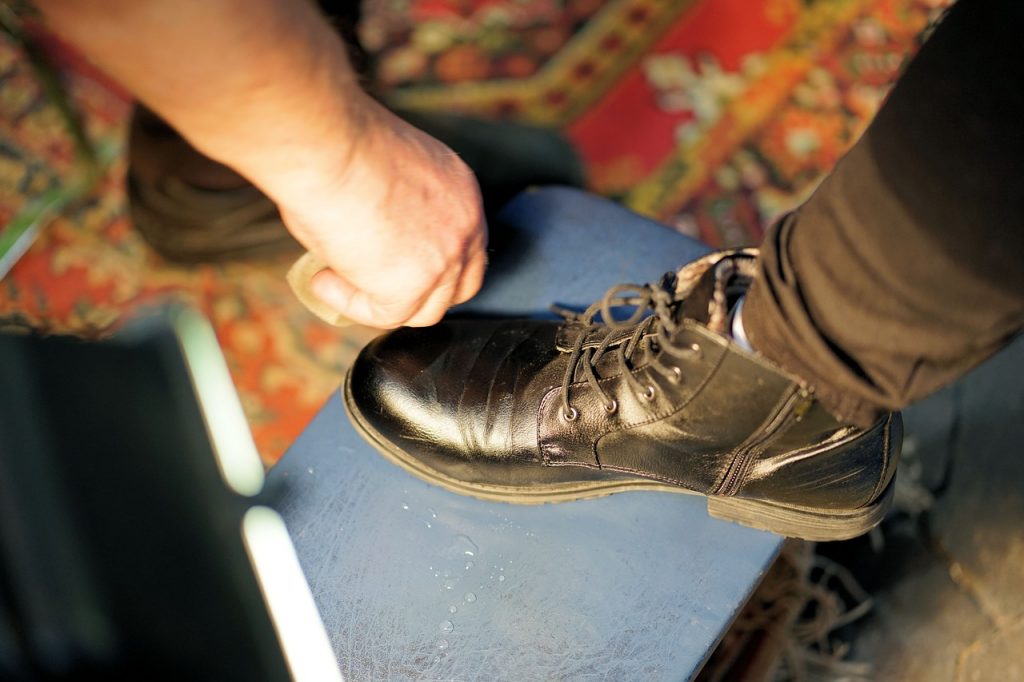How to Paint a Room Professionally | Painting Walls Like a Pro
You might doubt your own abilities to take care of the job yourself. You might not have the budget for hiring professionally trained painters. No matter the issue that is holding your back, you can easily get the job done. Not only can you do the job yourself, but you can also make the work look just as good as a professional job.
Listed below are seven steps anyone can take when painting interior rooms. If followed it will look like a pro did the work. When examined and followed these seven steps reveal how painting a room is actually a piece of cake. You may also watch the following steps in our DIY video tutorial:
You are currently viewing a placeholder content from Youtube. To access the actual content, click the button below. Please note that doing so will share data with third-party providers.
1. Prepare the Space to Be Painted
Before you can handle the space like a pro, you must make sure and prepare the area. There are several actions that must be taken. This will ensure the work comes across as professionally done.
Video Explains How to Prepare a Room for Painting
Dunn-Edwards Paints shared a video on YouTube in 2011 that has remained very popular. The video host takes YouTube users through all of the steps needed and all of the accessories needed to prepare for the job. By following the guidelines and suggestions laid out in the video, anyone painting a room can do just as good. Their work can mirror work that professionally trained painters perform.
You are currently viewing a placeholder content from Youtube. To access the actual content, click the button below. Please note that doing so will share data with third-party providers.
2. Make Sure to Prime the Area
Now that all the supplies have been gathered and the room has been set up and readied, it is time to prime. Furniture and fixtures have been removed or covered. Start next with priming the parts that must be painted. Priming is not used in every situation. It is though; used in most. Any time there are penetrable surfaces like wood, dated skin coats with drywall, or when painting over glossy finishes primer is needed. It is also needed when lightening the color of room or when painting stained areas.
3. Caulk Gaps and Cracks
You must caulk gaps and cracks. This will ensure that the entire job is done well. Window seals, doors and baseboards all require attention. It is not just the walls that get caulked.
Before you begin, be sure to remove old caulking. Choose from all kinds of caulking options. We suggest always going with a fireproof option. When dealing with larger holes use a foam backer rod. This will help seal the large opening. It is also important that you smooth out calking as you go. If you don’t, clumps can develop.
4. Make Sure Surface Are Smooth
Before working on the surfaces, all of the surfaces must be smooth. Make sure that extra steps are taken that ensure this is the case. For example, take a light and hold it closely over the walls. Make sure that the surfaces are removed of any and all clumps, previous texture applications and any imperfections.
It is very important that you pay special attention to the areas around doors and windows in a room. The areas where walls and floors connect often require more time, and any space where fixtures will exist must be closely examined, too. Electrical outlets and wiring access points must also be smoothed out.
5. Paint the Room’s Ceiling
When they first start painting, a lot of people start with the walls. They think of changing their wall color first, when dreaming of making the room better. It makes sense that they would want to start there. However, it is important to begin with the ceiling.
Perched on a ladder and applying your product on the upper most recesses of your room, you might accidentally drop it on the walls. Potential splatters will become even more frustrating if they land on the trim work that required meticulous detail. Painting pros work on ceilings before walls.
6. Paint the Room’s Walls
You can now move on and address the walls in your room. When painting the walls try to use a roller. Rollers apply a more even coat compared to brushes. Just make sure that you leave enough space between a rolled on application and an area that will require brush painting. Otherwise you may have a harder time blending the areas into one consistent finish.
Be sure and remember that strokes should be consistent. That is how the pros do it. When you go up and down and then go from left to right, your attempt at a professional job can last longer than it should. You run the risk of walls not getting an even application throughout room. You might just end up missing an obvious spot, too.
7. Finish Edges and Tight Spaces
The final step requires smaller brushes and close attention. All of your electrical outlets will be returned, doors must be re-hinged and fixtures must be put back in their place. When you return these items to their space, minor bumps can happen resulting in easy to smooth out abrasions.
You not only have to fix any last minute scuffles, but you also must know how to take care of any other area like trim work. Base boards, chair rails and crown moldings all require last minute trim work. Even if you covered these areas when painting the ceiling and walls, you must go back and double check to make sure they are perfect.
Conclusion
Above we laid out seven steps that you can follow that will result in a look mirroring work professionally done. While there are other strategies out there, the seven steps listed above are sure-fire ways for how to get the job done right.
We wish you the best of you luck with your upcoming painting. Have fun. Take your time and like the process. Be sure and let your friends know how well you did. They might just consider you a professional painter! Who would have thought that would be the case? You now paint like a pro!


